
Nitesh Patel - Physiotherapist
Posts
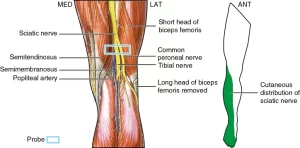
Tibial Nerve
The tibial nerve is a major peripheral nerve of the lower limb. It has several cutaneous and motor functions in the leg and foot.The tibial...
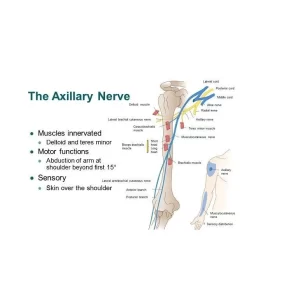
Axillary Nerve
Axillary Nerve Anatomy The axillary nerve originates from the ventral rami of the C5 and C6 spinal nerves and extends as the smaller branch of...

Vitamin B 12
What is a Vitamin B 12? Vitamin B12 is a water-soluble vitamin that is naturally present in some foods, added to others, and available as...
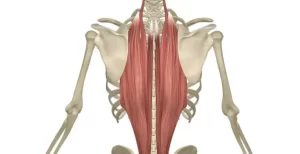
Paraspinal Muscle – Anatomy and Exercise
Anatomy: The paraspinal muscles, sometimes called the erector spinae, are three muscle groups that support your back. The paraspinal muscles are located on the left...
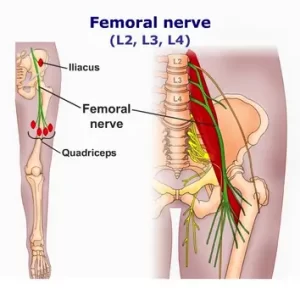
Femoral Nerve: Anatomy, Course, Pathways, Function
The femoral nerve is one of the major peripheral nerves of the lower limb. Descriptions: Nerve roots: L2-L4 Motor functions: Innervates the anterior thigh muscles...
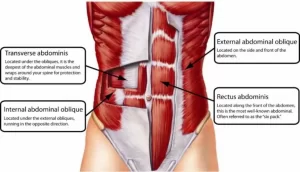
Abdominal Muscle – Anatomy and Exercise
Introduction The abdominal muscles form the anterior and lateral abdominal wall and consist of the external abdominal obliques, the internal abdominal obliques, the rectus abdominis,...

Flatback Posture
What is Flat Back Posture? Flat back posture is when your lower part of back flattens out, losing it’s normal curve in your spine and...
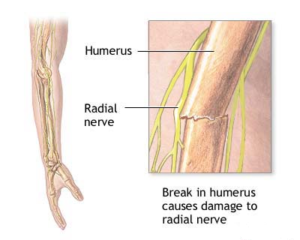
Injury of Radial Nerve: Cause, Symptoms, Treatment, Exercise
Description: Injury to the radial nerve may result in radial neuropathy, also called radial nerve palsy. Radial nerve injury may be due to physical trauma,...
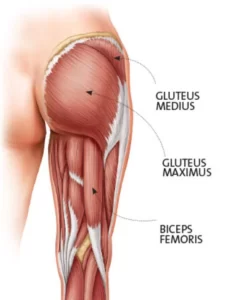
Gluteal Muscle Anatomy and Exercise
Anatomy of Gluteal Muscle Gluteus muscle, any of the large, fleshy muscles of the buttocks, stretching from the back portion of the pelvic girdle (hipbone)...
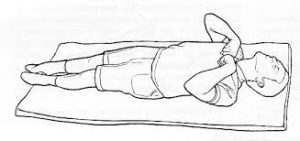
Decorticate Posture
Introduction: Decorticate posture — a sign of severe damage to the brain — is an abnormal posturing in which a person is stiff with bent...
